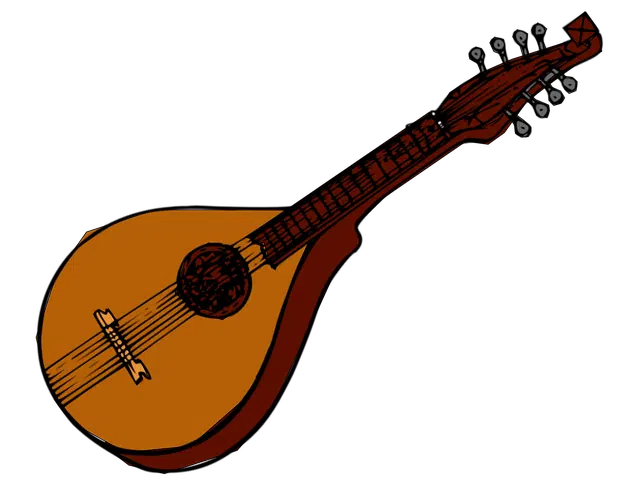
The bandurria is an instrument that resembles the lute.
Bandurria is a term that comes from the late Latin pandurium . This word, in turn, derives from the Greek pandoûra , which refers to a guitar equipped with three strings.
Returning to the idea of bandurria, it is a musical instrument that, beyond its etymological origin, has six pairs of strings . Its neck, with a limited extension, has frets.
History of the bandurria
The closest ancestor of the bandurria is the pandura . This Ancient Greek instrument, which was used in the 6th century BC , was a chordophone that had a neck.
The Romans brought the pandura to the southern part of the European continent and then, due to Arab influence, it acquired characteristics of other instruments . Little by little, what we know today as bandurria emerged, which at first had three strings .
From that original string trio it evolved, around the 18th century , to five double strings . Later, finally, a double sixth string was incorporated, with which the bandurria reached twelve strings .
Main features
Due to its properties, the bandurria resembles the lute . Its soundboard has a flat, ovate design and its strings are played with a plectrum .
Generally, the fingerboard is divided into fourteen frets. In any case, it must be taken into account that there are different types and models of bandurria, whose characteristics may vary.

The bird that makes up the genus Theristicus is called bandurria.
Bandurria, a genus of bird
Birds that belong to the genus whose scientific name is Theristicus are known as bandurrias. These animals make up the treschiornithid family group.
The common bandurria , with the scientific name Theristicus caudatus , lives in regions of Venezuela , Colombia , Brazil , Paraguay , Bolivia , Chile , Uruguay and Argentina . The southern bandurria (formally called Theristicus melanopis ), meanwhile, lives in areas of Argentina , Chile and Peru . Another species of bandurria is the bandurria mora or Theristicus caerulescens .
His coexistence with human beings
Bandurrias usually coexist without major problems with humans . They can adapt to urban environments, feeding on worms and insects.
However, especially in agricultural sites, these birds are often considered a pest . That is why there are producers who are dedicated to eliminating them.
Climate change, high levels of pollution and the disappearance of their natural habitat due to the actions of people are other factors that threaten the survival of the bandurrias.
Monumental Archaeological Zone of Bandurria
In the Peruvian province of Huaura , belonging to the department of Lima , is the Monumental Archaeological Zone of Bandurria . Discovered in the 1970s , this site would be about 5,000 years old.
It is estimated that Bandurria was a town and ceremonial center of the Caral culture . Its development would have occurred in the period known as Late Preceramic .
A dozen pyramids are located in this area, spread over a radius of about twenty hectares. These truncated pyramids are made up of overlapping terraces.
Currently, Bandurria is protected as Cultural Heritage of the Nation . For a long time , however, the archaeological area was degraded and suffered various damages.
